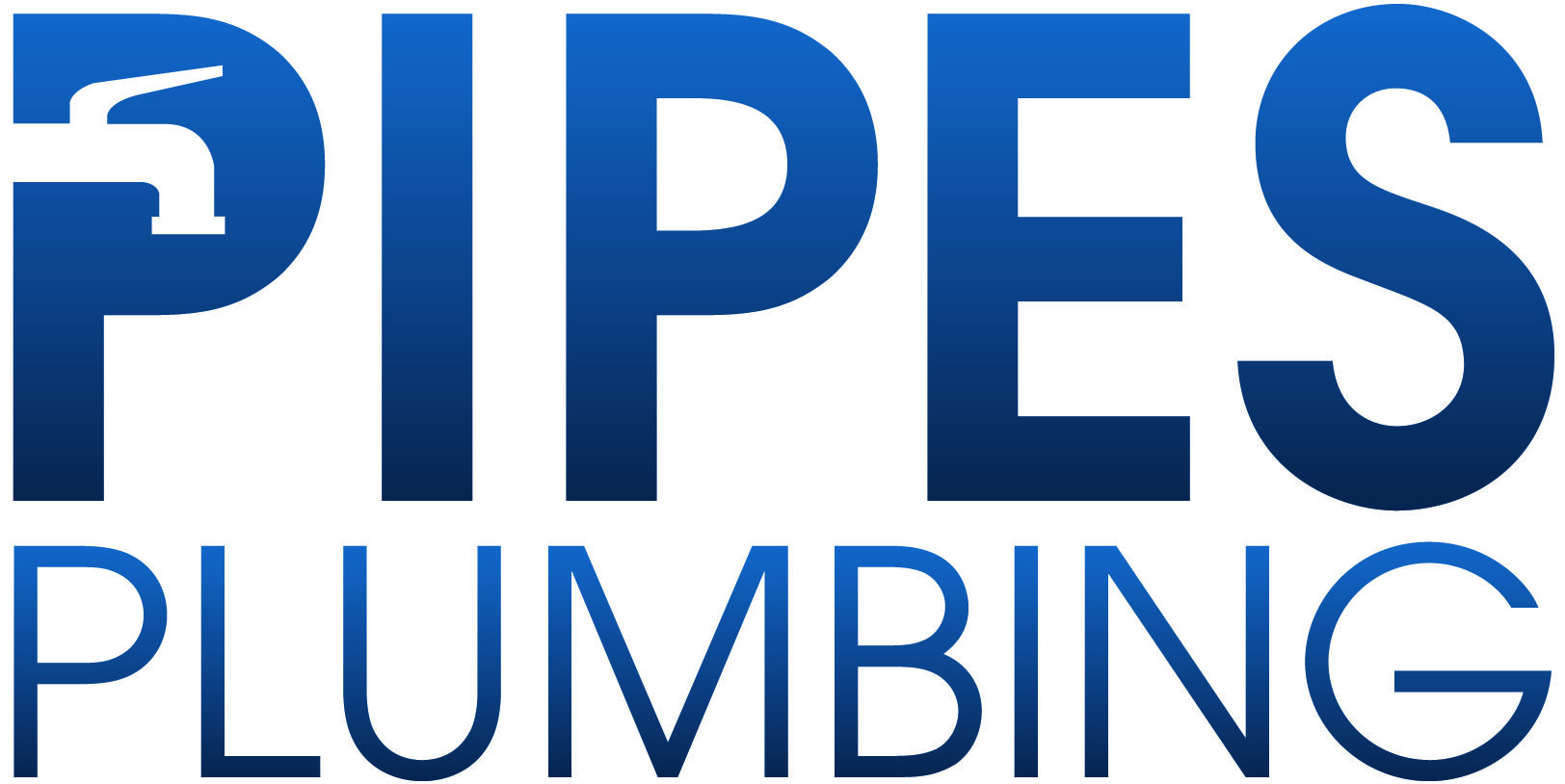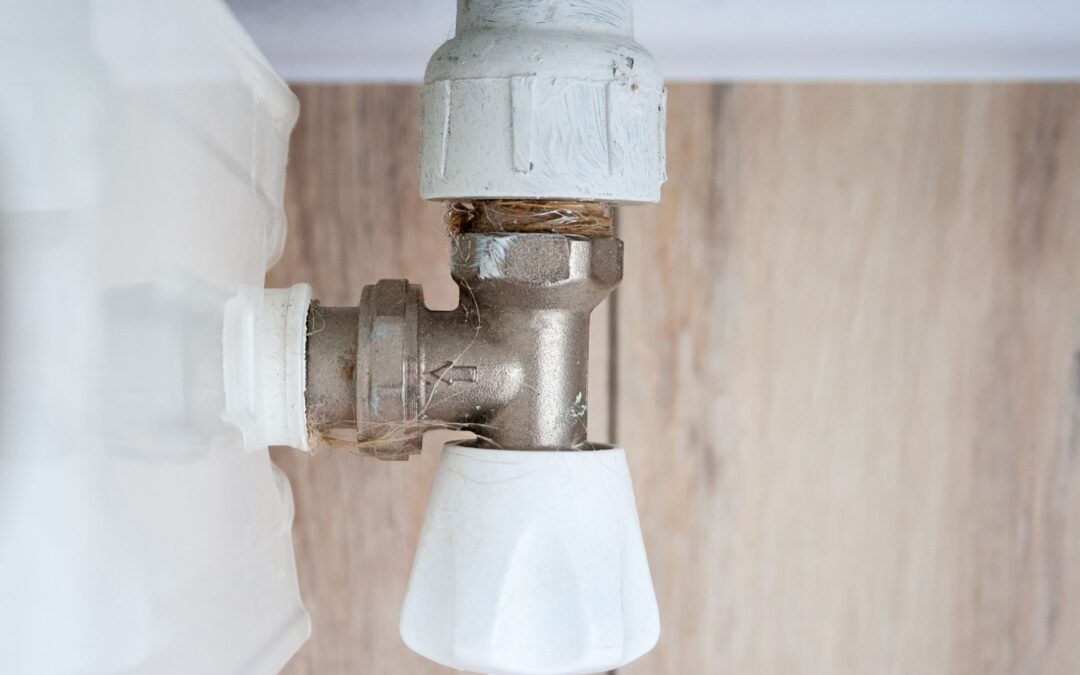Ensuring water safety in our homes is essential for protecting our family’s health and comfort. One crucial component in achieving this is the thermostatic mixing valve (TMV). These valves are designed to maintain a consistent water temperature by blending hot and cold water to a pre-set level. This prevents sudden changes in temperature that could cause scalding or discomfort.
Thermostatic mixing valves are beneficial not only for their safety features but also for enhancing the efficiency of our water systems. With a stable water temperature, we can enjoy a comfortable shower, bath, or handwashing experience without worrying about sudden hot or cold shocks. This is especially important in homes with children or elderly family members who are more vulnerable to temperature fluctuations.
Installing thermostatic mixing valves is a smart investment in our home’s plumbing system. They provide peace of mind, knowing that our water temperature is consistently safe. Additionally, these valves help prolong the life of our plumbing fixtures by reducing stress caused by extreme temperature changes. By understanding the importance and benefits of thermostatic mixing valves, we can make informed decisions to improve our water safety and overall home comfort.
Understanding Thermostatic Mixing Valves
Thermostatic mixing valves (TMVs) are devices used to control the temperature of water. They mix hot and cold water to a pre-set temperature, ensuring a consistent and safe water temperature is maintained. These valves are essential in various applications, such as domestic hot water systems, showers, and sinks. TMVs prevent water temperatures from reaching levels that can cause burns or scalding, providing safety and comfort for us and our families.
The mechanism inside a thermostatic mixing valve is designed to react to temperature changes quickly. If the hot or cold water supply fails, the valve adjusts the flow to maintain the set temperature. This feature is particularly important in homes with children or elderly individuals, who are more vulnerable to sudden temperature changes. TMVs also reduce the risk of bacterial growth, such as Legionella, by allowing hot water systems to maintain higher temperatures while still providing safe, lower temperatures at the tap.
Key Benefits of Installing Thermostatic Mixing Valves
Installing thermostatic mixing valves offers several key benefits. One major advantage is enhanced safety. By maintaining a consistent water temperature, TMVs protect us from accidental burns or scalds. This is especially important in households with young children or elderly residents, who may have more sensitive skin.
Another benefit is increased comfort. With a thermostatic mixing valve, we don’t have to constantly adjust the water temperature when taking a shower or washing our hands. The valve automatically mixes hot and cold water to the desired temperature, making our daily routines easier and more pleasant.
TMVs also help improve energy efficiency. By precisely controlling the water temperature, these valves prevent unnecessary heating of water, which can lower our energy bills. Additionally, they reduce water waste, as we spend less time adjusting the temperature and letting water run. Installing TMVs contributes to a safer, more comfortable, and more efficient home.
How Thermostatic Mixing Valves Improve Water Safety
Thermostatic mixing valves play a crucial role in improving water safety. One of the primary ways they enhance safety is by preventing scalding and burns. By continuously blending hot and cold water to a specific temperature, TMVs ensure that water coming out of taps or showerheads is safe to use. This is particularly important in settings where the water temperature can change suddenly, which might otherwise cause accidental burns.
Another significant safety benefit of TMVs is their ability to maintain high water temperatures in the storage tank to prevent bacterial growth while delivering lower, safe temperatures at the outlets. Legionella bacteria thrive in warm water, and keeping water in the storage tank above 60°C helps kill these harmful bacteria. However, directly using water at this high temperature can be dangerous. TMVs solve this by mixing hot water with cold water before it reaches us, providing safe water while preventing bacterial infections.
Choosing and Maintaining Thermostatic Mixing Valves for Your Home
Choosing the right thermostatic mixing valve involves considering a few key factors. Firstly, it’s essential to know the flow rate and pressure requirements for the areas where the valve will be installed. Different taps, showers, and appliances may have varying needs. Selecting a valve that matches these requirements ensures optimal performance and safety.
Another factor to consider is the type of application. TMVs are available for point-of-use (individual fixtures) and whole-house solutions. Point-of-use valves are perfect for specific taps or showers, while whole-house solutions regulate the temperature of all water outlets in the home. Assessing which type suits our needs helps us make an informed decision.
Maintaining TMVs is similarly straightforward but crucial. Regular inspection and cleaning of the valve prevent any build-up of minerals and debris, which can affect its function. Annually testing the valve’s performance ensures it responds correctly to temperature changes. Replacing worn-out parts as needed keeps the valve functioning efficiently and safely.
Conclusion
Thermostatic mixing valves are vital for enhancing water safety in our homes. By understanding the types of valves and their benefits, we can make informed decisions to protect our families from scalding and bacterial infections. Proper maintenance and choosing the right valve for our specific needs ensure that these devices function effectively for years to come.
For expert guidance on selecting and maintaining thermostatic mixing valves, reach out to the professionals at Pipes Plumbing. Our team of the best Ottawa plumbers is dedicated to ensuring your water systems are safe and efficient. Contact Pipes Plumbing today to get started on enhancing your home’s water safety.

